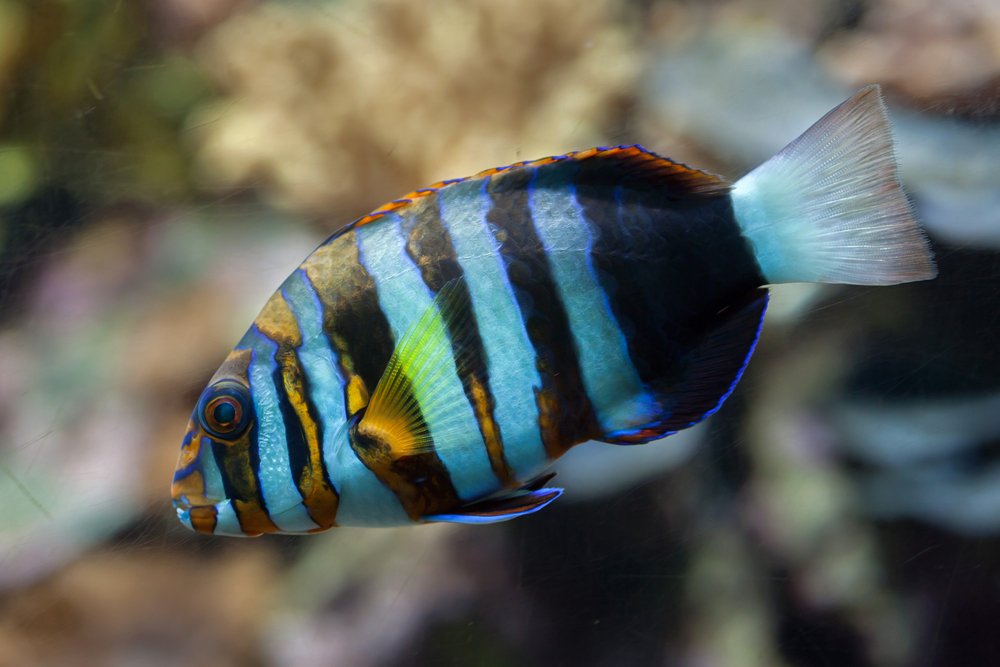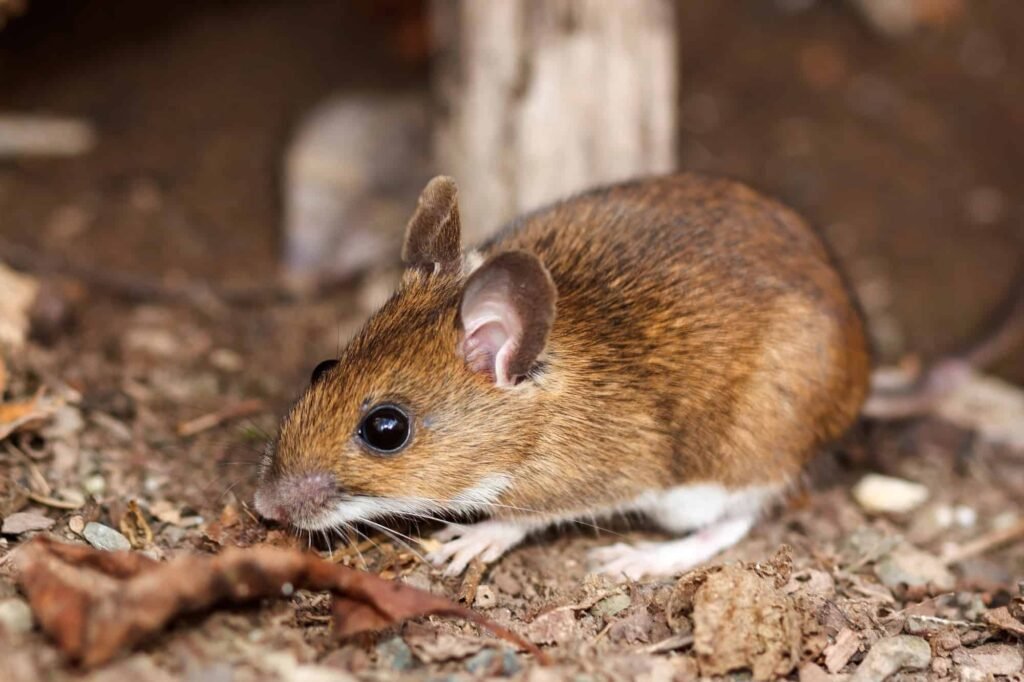Animals have always fascinated scientists with their diverse abilities and behaviors. Recent research has uncovered some surprising traits that challenge our previous understanding and reveal the incredible diversity of life on Earth. From astonishing communication techniques to impressive survival strategies, these findings offer a glimpse into the complex world of animal biology and behavior.
Beyond Chameleons’ Color-Changing Abilities

While chameleons are famously known for their color-changing abilities, recent studies have found that other species possess similar traits. The cuttlefish, a cephalopod related to squids and octopuses, can change its skin texture and color instantaneously. These abilities are used not only for camouflage but also for communication and predator deterrence. Researchers have been amazed by the cuttlefish’s skin, which contains millions of pigment-filled sacs called chromatophores, enabling them to blend into their environment in less than a second.
Elephant Matriarchs, The Keepers of Memory

Elephants are known for their intelligence and memory, and recent research highlights the critical role played by elephant matriarchs. These older females are the decision-makers of their herds, and their experience is crucial for the group’s survival. Studies have shown that elephant matriarchs remember the locations of vital resources such as water and food, as well as routes and historical safe havens during droughts. Their leadership and memory greatly enhance the herd’s chances of survival in changing environments.
Boneless Wonders

Octopuses have long intrigued scientists with their ability to squeeze through tiny spaces, and recent research has unraveled more about their incredible flexibility. Despite having no bones, an octopus’s body is supported by a network of soft tissues, allowing it to reshape itself and move fluidly in water. This trait not only aids in evading predators but also in hunting, as octopuses can reach into small crevices to capture prey. Their adaptability continues to inspire scientists and engineers exploring versatile robotic designs.
The Brilliant Communication of Honeybees

Honeybees are renowned for their complex social structures and communication methods. Recent studies have uncovered more about their ‘waggle dance’, which is a method of communicating information about the location and distance of food sources. This dance involves intricate movements that convey detailed directions, allowing other bees to efficiently find resources. This communication strategy showcases the advanced level of cooperation and intelligence in bee colonies, contributing to their survival and success.
Super-Recognizers of the Bird World

Some bird species, such as pigeons, have shown an extraordinary ability to recognize and remember human faces. Recent studies have shown that crows, in particular, possess the aptitude to not only recognize individual humans but also hold a grudge against perceived threats. This super-recognition is thought to help in their survival, as it aids in identifying potential dangers. This research highlights the advanced cognitive abilities present in birds, often underestimated by the general public.
The Minimal Sleep Requirement of Elephants

A groundbreaking study on African elephants revealed that they may sleep as little as two hours per day, one of the shortest sleep durations among mammals. By conducting observational studies and utilizing movement-tracking collars, scientists have discovered that elephants often spend most of their time awake and active, likely due to their constant need to forage. This minimal sleep requirement challenges previous notions about the necessity of sleep in large mammals and opens up new questions about sleep’s evolutionary purpose.
Fish that Use Tools

Tool use has been historically associated with primates, but recent observations have recorded certain fish species, such as the tuskfish, using rocks to crack open shellfish. This surprising behavior displays a level of problem-solving ability and intelligence that was previously thought to be rare among fish. Researchers study these instances to understand the evolutionary steps that lead to tool use across different species and environments.
Mice with Melodic Talents

Singing mice have been a recent subject of interest among scientists exploring the connections between animal communication and human speech. Some mouse species have been observed producing melodic, complex vocalizations to communicate with mates or rivals. These vocal expressions are used for territory assertion and mating calls, drawing fascinating parallels with avian species known for their songs. The study of these mice might provide insights into the evolution of vocal communication in mammals.
The Ever-Evolving Understanding of Animal Behavior

These recent discoveries challenge our understanding of animal capabilities and highlight the immense diversity that exists within the animal kingdom. By continuing to study and learn from animals, we broaden our knowledge of their world, leading to deeper insights into their behavior, evolutionary history, and the intricate webs of life that we are all a part of. Each discovery prompts new questions and possibilities, ensuring that our journey into understanding the animal world is far from complete.

Jan loves Wildlife and Animals and is one of the founders of Animals Around The Globe. He holds an MSc in Finance & Economics and is a passionate PADI Open Water Diver. His favorite animals are Mountain Gorillas, Tigers, and Great White Sharks. He lived in South Africa, Germany, the USA, Ireland, Italy, China, and Australia. Before AATG, Jan worked for Google, Axel Springer, BMW and others.




